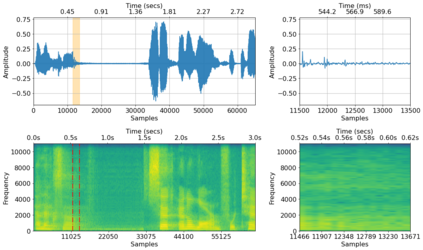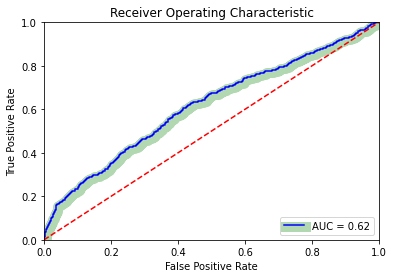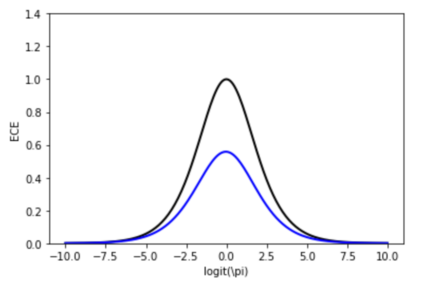Increasing use of our biometrics (e.g., fingerprints, faces, or voices) to unlock access to and interact with online services raises concerns about the trade-offs between convenience, privacy, and security. Service providers must authenticate their users, although individuals may wish to maintain privacy and limit the disclosure of sensitive attributes beyond the authentication step, \eg~when interacting with Voice User Interfaces (VUIs). Preserving privacy while performing authentication is challenging, particularly where adversaries can use biometric data to train transformation tools (e.g.,`deepfaked' speech) and use the faked output to defeat existing authentication systems. In this paper, we take a step towards understanding security and privacy requirements to establish the threat and defense boundaries. We introduce a secure, flexible privacy-preserving system to capture and store an on-device fingerprint of the users' raw signals (i.e., voice) for authentication instead of sending/sharing the raw biometric signals. We then analyze this fingerprint using different predictors, each evaluating its legitimacy from a different perspective (e.g., target identity claim, spoofing attempt, and liveness). We fuse multiple predictors' decisions to make a final decision on whether the user input is legitimate or not. Validating legitimate users yields an accuracy rate of 98.68% after cross-validation using our verification technique. The pipeline runs in tens of milliseconds when tested on a CPU and a single-core ARM processor, without specialized hardware.
翻译:我们越来越多地使用生物鉴别技术(例如指纹、脸孔或声音)来打开在线服务的接入和互动,这引起了人们对方便、隐私和安全之间的权衡问题的关切。服务供应商必须认证其用户,尽管个人可能希望维护隐私,并在认证步骤之外限制敏感属性的披露,但在与语音用户界面(VUIs)互动时,个人可能希望保持隐私和限制敏感属性的披露。在进行认证时,保护隐私具有挑战性,尤其是当对手能够使用生物鉴别数据来培训转换工具(例如98种“深层暴露”的语音)和使用假冒产出来挫败现有认证系统时。在本文中,我们迈出了一步,了解安全和隐私要求,以确立威胁和防御边界。我们引入了安全、灵活的隐私保存系统,以便在与语音用户的原始信号(即声音)进行互动时,而不是发送/共享原始生物鉴别信号时,保护隐私是具有挑战性的。我们然后利用不同的预测器分析这一指纹,从不同角度评估其合法性(例如目标身份申报、尝试、活度尝试和活度),在本文中,我们引入了安全、灵活度的多位用户的预测程序,在进行最终的精确度检验时,然后将一个合法的用户的计算,然后将一个正常的计算,然后将一个正确的计算,然后将一个正常的顺序的计算,然后将一个正确的计算结果的计算,然后将一个正确的计算,然后将一个正确的计算,然后将一个正确的计算。



























